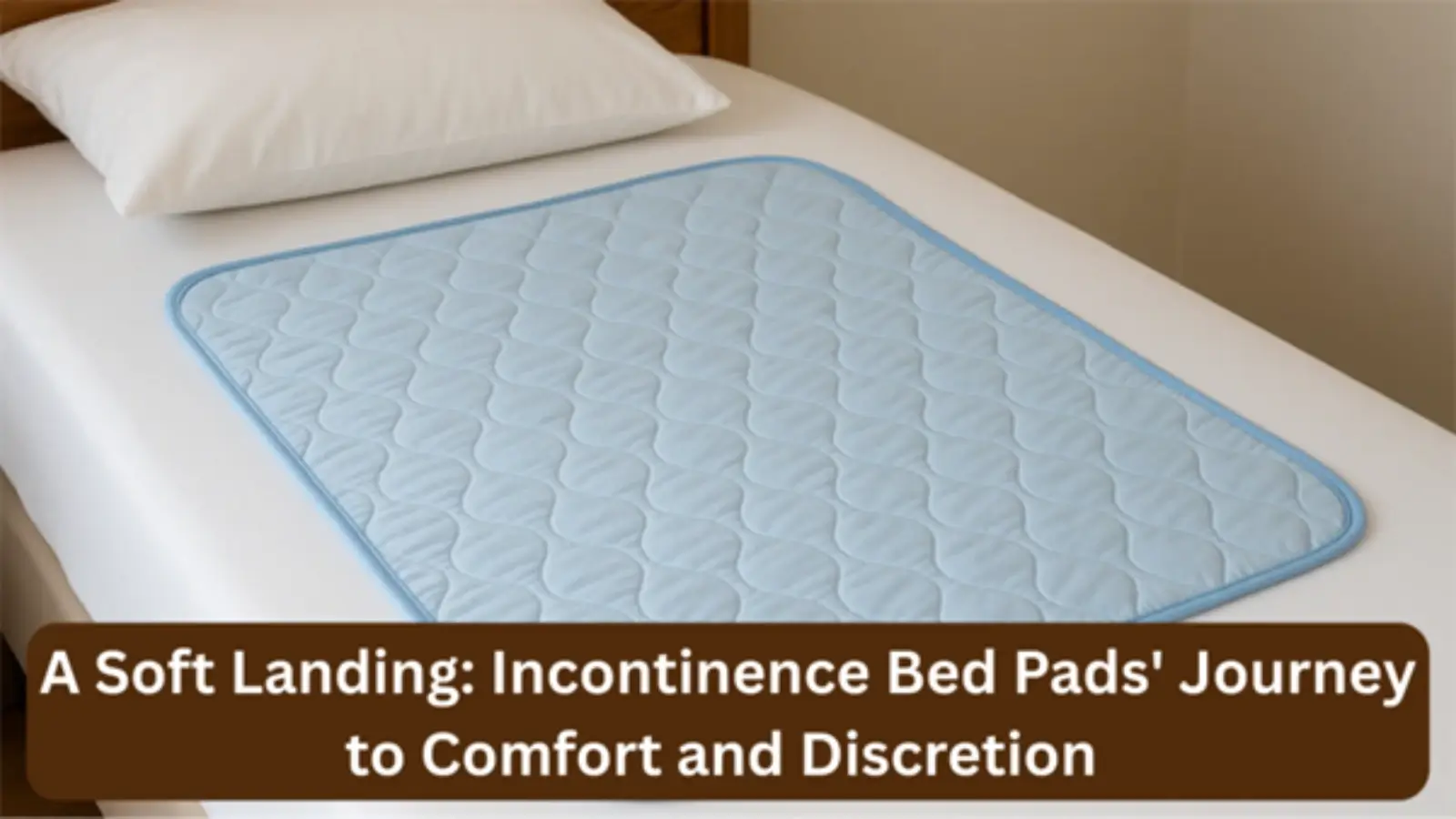


The necessity to replace sheets in the middle of the night or to suddenly work with wet cloths can be overwhelming and emotionally draining. This is the truth about millions of people with incontinence; more than 25 million Americans experience urine leaks, and almost 44% of them do not even speak about it with their doctors.
In addition to physical discomfort, incontinence gradually undermines self-confidence and disrupts the much-needed sleep. Night after night becomes a delicate juggle between dignity and managing practicality. This is further worsened by the constant fear of smell, stains, or spoiled furniture, making the otherwise relaxing sleep hours into an ongoing source of discomfort.
Even though these experiences may be isolating, the appropriate innovations are shifting the narrative from concerns to comfort.
That said, one of the most effective solutions is incontinence bed pads, which are designed to keep bedding safe, comfortable, and easier to take care of. Further development in design and technology makes them not only functional barriers, but tools of comfort and dignity.
In this article, we will discuss the way modern bed pads are developing to be more efficient in controlling moisture while still providing softness and discretion and breakthrough technology transforming bad nights into safe and restful ones.
Incontinence is not just a question of leaks--it is about constant anxiety of stains, smells, and disrupted sleep. These struggles weigh heavily, particularly during the night when one is supposed to feel at ease.
Incontinence bed pads come in as a viable option, which not only protects the mattress and furniture but also relieves emotional tension. However, the true challenge is to develop protection that doesn’t feel clinical or intrusive.
This is the reason why incontinence bed pads in the current marketplace are supposed to extend beyond the aspect of absorbency and provide comfort, discretion, and peace of mind as part of everyday life.
Having identified the need, the question now turns to how. The following sections demonstrate how NASA-inspired technology (InconTek® and LIQUISTAY®), comfort-first design, real-life functionality, sustainability benefits, and daily usability collaborate to provide discrete and restful protection.
In order to deal with the problem of incontinence, certain brands have drawn upon innovative aerospace science. Two technologies based on NASA-derived materials and principles adapted to improve absorbent underpads are InconTek® and LIQUISTAY®.
Combined, these systems transform the capabilities of bed pads: they no longer absorb, they protect comfort, in a silent and efficient way.
Instead of stiff or crinkly materials, modern pads are increasingly made from soft, non-woven fabrics that resemble regular bedding. Thanks to improved airflow, they reduce heat and skin irritation, while still delivering strong protection.
In effect, this feels less like a “pad” and more like a second sheet. And because they rely on smart material design—not excessive bulk—they remain thin yet mighty.
This balance is crucial. A pad that focuses solely on absorbency may create discomfort, while one that emphasizes softness only risks leaking. Advanced designs succeed by delivering both uninterrupted comfort paired with reliable security.
For users, the promise is simple: fewer changes, more sleep, and less hassle. There are underpads that claim as much as 9,500 ml of absorption and suggest only three dry changes per 24 hours. That drastically minimizes laundry loads, minimizes disruption, and makes the care at night less degrading.
Take the case of a caregiver attending to an aged parent. They may wake up twice at night to change sheets, using traditional pads. NASA-inspired underpads, which have high capacity, mean one change per night can take the entire night. The difference is not merely fewer chores- it is better rest for both the caregiver and the loved one.
Another overlooked benefit is efficiency. Because these pads last longer, families use fewer of them. That translates into up to 70% savings compared with standard options. Over time, that’s a significant financial relief.
Environmentally, fewer discarded pads mean less waste in landfills. While disposables will never be as green as washables, designing them to require fewer replacements makes a meaningful difference. The blend of performance and responsibility ensures these pads serve people while also being kinder to the planet.
What matters most is how these pads perform when you need them. The ideal underpad:
Beyond these essentials, durability and reliability are also important considerations. A well-designed underpad should maintain its effectiveness over extended periods of use, providing uninterrupted protection throughout the night.
Innovations like InconTek® and LIQUISTAY® show how aerospace science has found its way into our bedrooms, not with flashing lights, but with quiet functionality. These underpads aren’t just absorbing fluid—they’re absorbing worry.
By offering softness, discretion, and next-level performance, they provide a soft landing for individuals who deserve restful, worry-free nights.